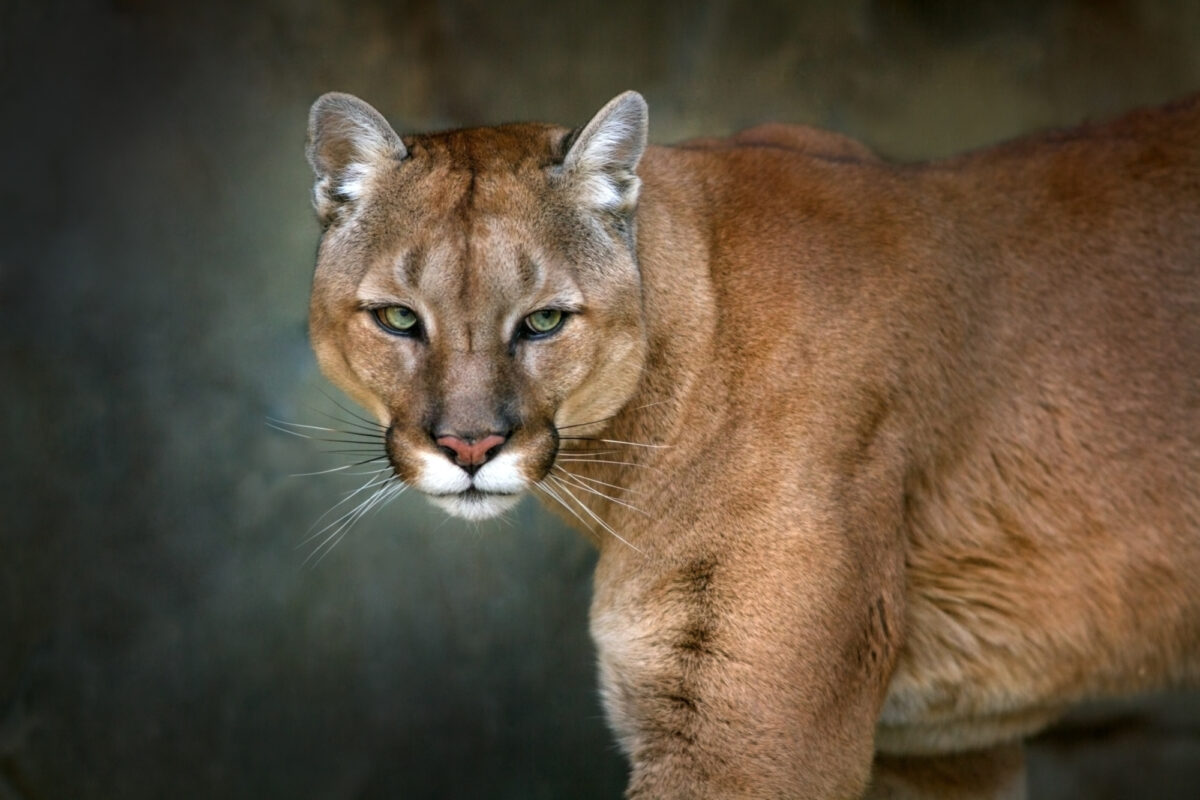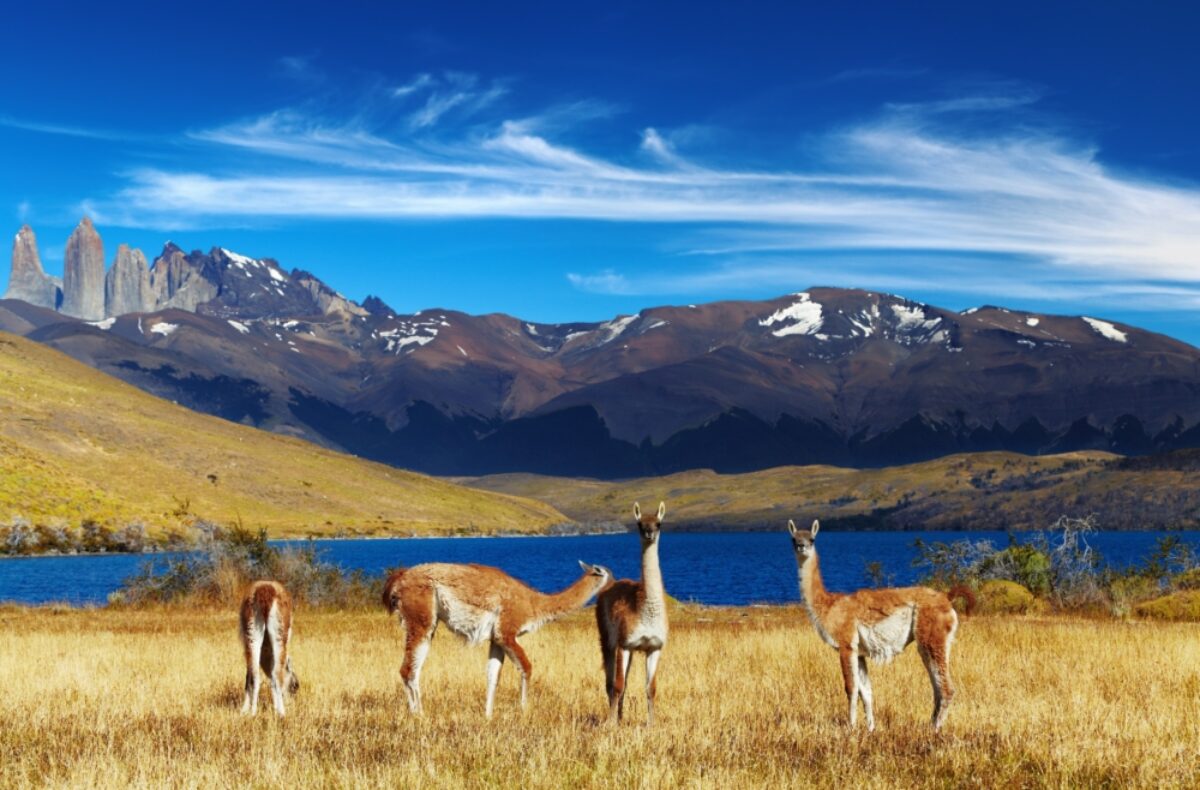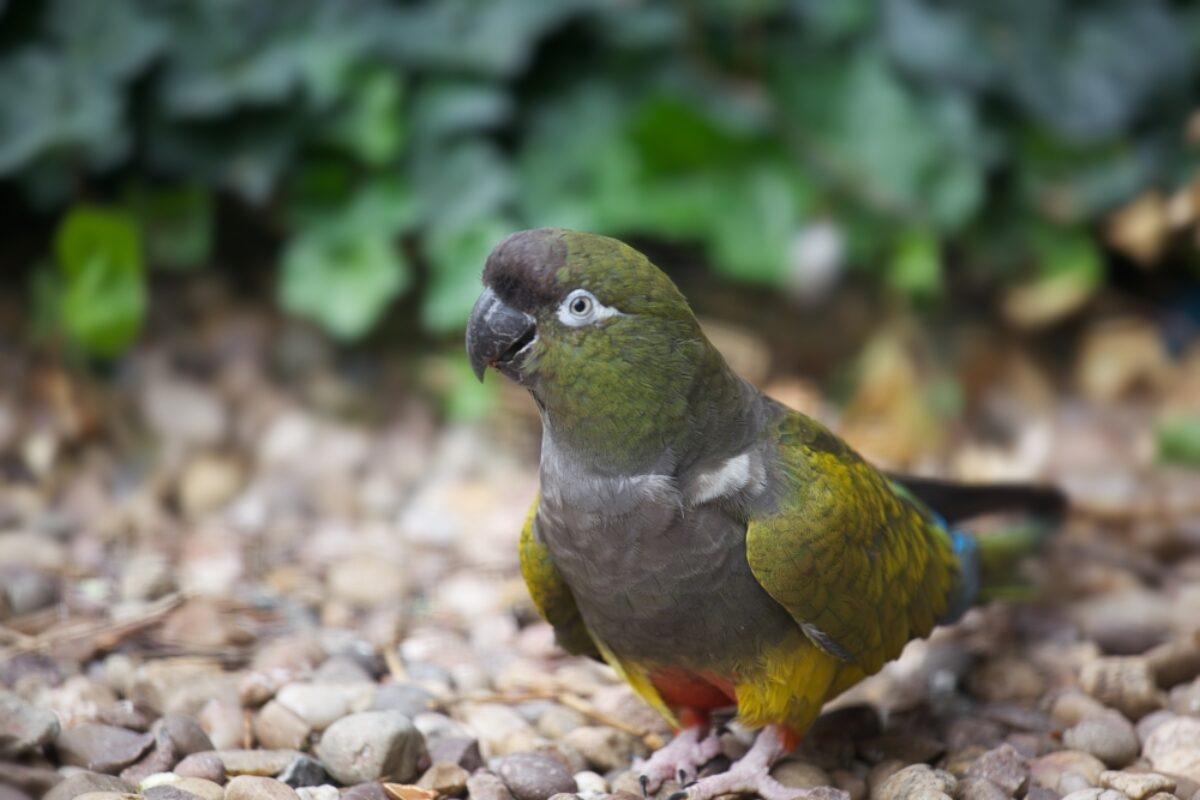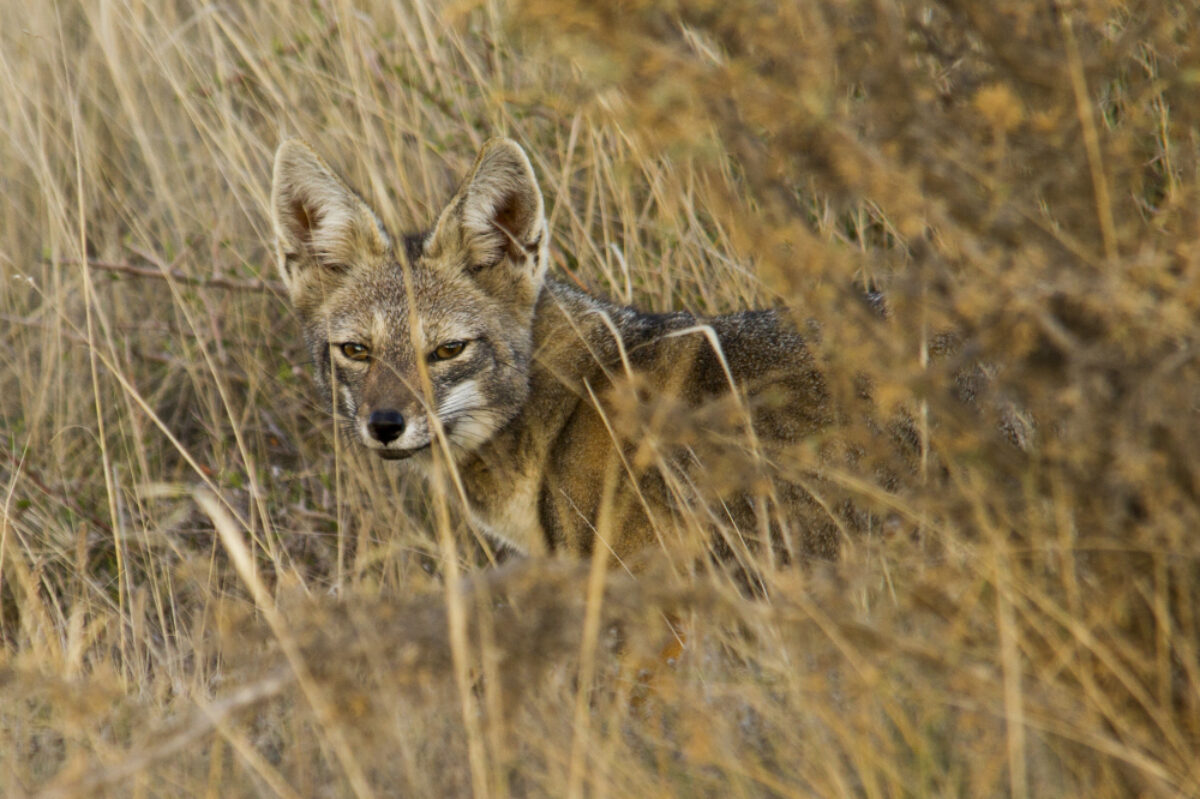Where To See Wildlife In Chile
Best spots for bird watching and wildlife spotting
Chile’s long, stretched out geography means it offers a wide variety of ecosystems catering to many different environments and animals.
Its isolation — the Andes makes crossing into South America difficult on its eastern side — means that many animals found elsewhere in South America are not indigenous to Chile. However, the country is home to larger mammals like cougars, pumas and the native guanaco, as well as many species of bird.
Conservation in Chile is growing, with the formation of new national parks and nine separate UNESCO World Biosphere Reserves throughout the country.
This is an excellent destination for nature-lovers, whether exploring the heat of the Atacama Desert or the icy glaciers of Patagonia.
Here's our rundown on the best places for bird watching and wildlife spotting in Chile.

The puma, one of Chile's large cats
Where to see wildlife in Chile
Birdwatching in Huerquehue National Park
Huerquehue National Park is known for its blue-green lagoon and mountainous forest that overlooks the Araucania region. This park covers 12,500 hectares and offers trails for nature lovers to explore and admire the flora and fauna. If you're lucky, you may even spot a condor flying over the Andes mountains.
What to see
Huerquehue has two main trails that are both worth exploring. Los Lagos is the easier option, with only 500m of ascent, while San Sebastian is more challenging and includes more climbs. On both trails, you’ll have the chance to spot a number of birds and several native trees.
Condor
This majestic bird is Chile’s national bird and is the largest flying bird in the world if you combine its weight and wingspan. It’s a truly magical moment if you’re lucky enough to spot one flying over you. The adult male is completely black with the exception of a frill of white feathers around the base of his neck and a band of white feathers on its back. These birds fly, nest, and feed at high altitudes, so head to the top of the San Sebastian trail for your best chance at seeing one.
Magellanic woodpecker
If you start to hear “toc-toc-toc”, you know that you close to a woodpecker. The Magellanic woodpecker is endemic to the park, large in size, simple and elegant. While they are easy to spot, the males have mostly black bodies with a bright red head and crest. The female is all black with a few white feathers on her back. They claim their territories through sounds, most commonly knocking their beaks against trees and breed between October and January.
Arrayan
This slow growing evergreen tree has an impressive orange-red bark, white hermaphroditic flowers and edible round black fruit that forest birds feast on. These trees grow in humid soil near rivers and lakes and can grow up to 15m tall.
Araucaria
Depending on who you ask, this tree has several names. Most people in Chile will known this tree as the Araucaria. The indigenous Mapuche people call it the Pewen, and the seed it produces is a staple of their diet. However, the English speaking world knows it as the monkey puzzle tree, due to its odd shape and thick, scale-like leaves. Whatever you want to call it, this slow growing tree is something to be admired, with some trees in the park more than 1,000 years old. The oldest Araucaria tree is 1,800 years and can be found in nearby Conguillio National Park.

Birdwatching in Chiloé
Chiloé in Patagonia is Chile’s largest island and is known for its variety of birds, rich history and unique wooden churches, dating back to the 17th century. Head to Chiloé Island to see the Chilean woodpecker, tapaculos, black-necked swans and Humboldt penguins. Tours and guides are available from Puerto Varas or Castro.
Where to see the birds
There are several spots on the island where you can catch these amazing animals in their natural habitat.
Ancud
Once a wealthy town, Ancud’s prosperity was hit by an earthquake in 1960 from which it hasn’t ever really recovered. Its saving grace is its natural surroundings, including its coastline and proximity to Punihuil Islands — one of the only places in the world where Humboldt and Magellanic penguins nest side by side. The Islands are also a haven for blue whales.
Head to Punta Tres Cruces, where the Gulf of Ancud flows into the channel, to see birds like petrals, pelicans, albatross and cormorants, or visit the Caulin Bird Sanctuary for more than 60 species of sea bird. When the tide is low, you can see pink flamingos, herons and other migratory birds.
Castro
The Putemun Wetland Area near Castro is part of a new pilot conservation programme being run in conjunction by WWF, The Nature Conservancy and other charities. The Wetland is home to the largest population of Hudsonian godwits in the world, which migrate some 14,000km between Alaska and Chiloé each year. The godwit leaves its breeding ground in late July/early August, flying in small groups before arriving two months later in Chiloé, wintering on the plankton-rich waters. Around 20,000 birds migrate each year — a third of the world’s entire population.
Tepuhueico Park
If you're looking for larger animals than just birds, you have the opportunity to see several rare species in Tepuhueico Park. This private park is home to the tiny Pudu deer, the rare Kodkod cat, Darwin fox and many more animals, as well as birdlife like parakeets, owls and the Magellanic woodpecker.
Tantauco Park
At the southern tip of Chiloé island lies Tantauco Park, a private nature reserve that has a unique ecosystem, featuring rainforest, lakes and rivers. It is home to many endangered species, including the blue whale and chilote fox, and has been declared one of the earth’s key biodiversity sites, making it an important conservation area.
Many visitors also come to hike some of Tantauco’s 1,200km of trails, which are perfect for spotting wildlife. Consisting of the Zona Norte and Zona Sur, these trails take in both coastal paths and inland rainforest.
To see blue whales, visit the Gulf of Corcovado during the summer months of December to March. Take a ferry from Quellón, the southernmost city on the island.

Wildlife in Rio Los Cipreses National Reserve
Just three hours south of Santiago lies the Rio Los Cipreses National Reserve, known for its spectacular views of the Andes mountain range. The reserve is primarily used by mountain climbers or hikers. Locals love to escape from nearby Rancagua for the weekend and camp out with family and friends. The best time to visit is during October to April where the weather is warm and sunny and the chances of rain are low.
This river basin is found in a large valley with a variety of flora and fauna that can be observed from it’s two main trails; Maitenes and Los Peumos.
What to see
The guanaco
This close cousin to the llama is native to South America. These slender animals have long necks and big, pointed ears and dwell on mountain slopes. Chileans use its wool for luxury products, considering it better quality than alpaca wool.
Patagonian conure
An important yet endangered, you can see this parrot build its nest on the cliffs alongside the Cachapoal river. The best time to see them is in the morning, when they are searching for food, and in the evening, when they are returning to their nests. Their feathers have a wonderful blend of olive brown and a roasted coffee colour with a grey line at the base of the front. Its beak is dark grey and the feet are pale red with yellow legs.
Puma
You are more likely to see a puma’s footprint than an actual puma. While there are many in the area, they are protected animals and it is a punishable offence to disturb them. These wildcats weigh between 45-60kg in the central region of Chile, while those in Patagonia can reach closer to 100kg. If you do encounter a puma, keep quiet, never look it in the eyes and move slowly backwards without turning your back on the animal. Once safe, notify park guards when you have the chance so they can monitor its movements.

Wildlife spotting in Juan Fernandez Archipelago
The Juan Fernandez Archipelago is home to a high percentage of rare and endemic plants and animals. As a protected Biosphere Reserve, you can find more than 200 native species of plants, of which 126 species are endemic. The best way to explore and enjoy bird and nature watching on these islands is through a tour.
The best time to visit is between October and February. It’s important to note that strong winds affect the archipelago in October and the chance of having cancelled or delayed flights is high.
What to see
Juan Fernandez Firecrown
This powerful hummingbird is mostly spotted in the foothills of el Yunque near the city of San Juan Bautista. It’s non-migratory, which is why you’ll only find it on Robinson Crusoe Island, and primarily feeds from the flowers of the native trees. It is larger than most hummingbirds, but its existence is critically endangered due to loss of habitat and attacks from cats and rats. Approximately 3,000 exist on the island, and such is the difference between male and female firecrowns that they were once thought to be different species. The male has a beautiful burnt orange colour with grey/black wings and a black bill. On its head, you’ll find iridescent feathers that resemble a golden crown. The female has a white underbelly and a mix of blue, green and black feathers with an iridescent blue crown. You can see it during the cold and wet winter months of July to December.
Juan Fernandez tit-tyrant
This wonderfully-named tiny bird is also only found on Robinson Crusoe Island, preferring woodland forests. Little is known about this flycatcher, but you can identify it by its yellow-streaked breast with black and brown feathers.
Juan Fernandez fur seal
It was once thought that the Juan Fernandez fur seal was extinct due to being over-hunted until a small group of 200 was found in the 1960s. Since then, they have been the focus of conservation efforts and current estimates suggest that more than 12,000 exist today. This seal is the second smallest fur seal after the Galápagos fur seal. You can identify them by their short and round brown body.




